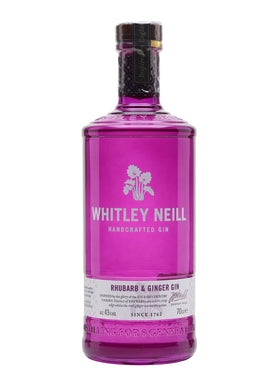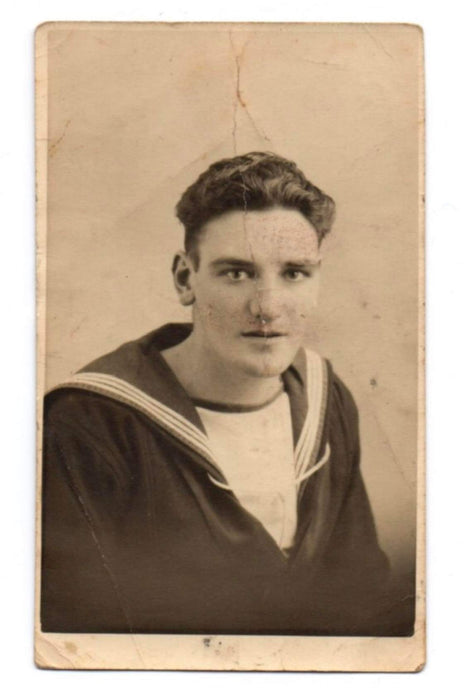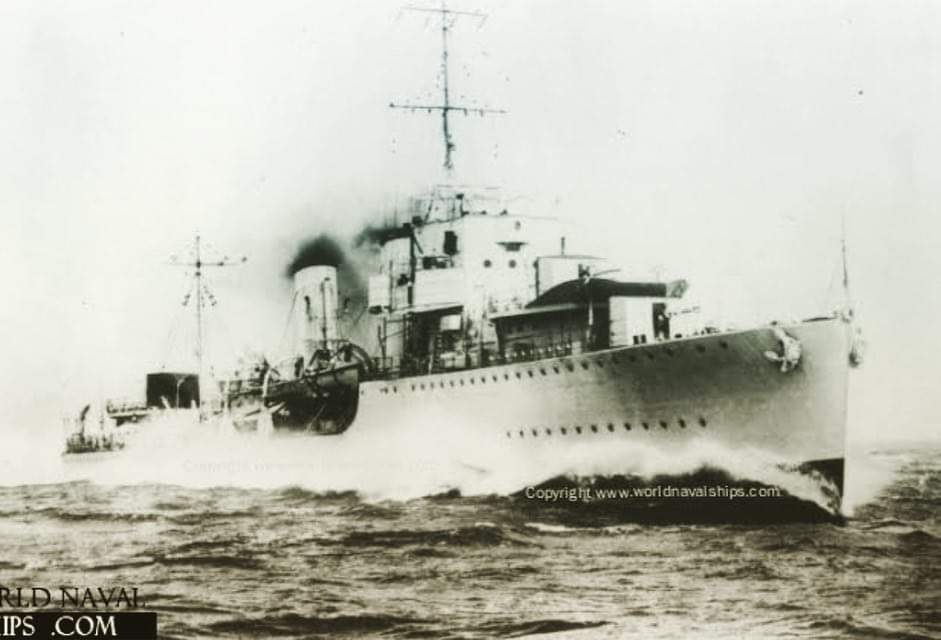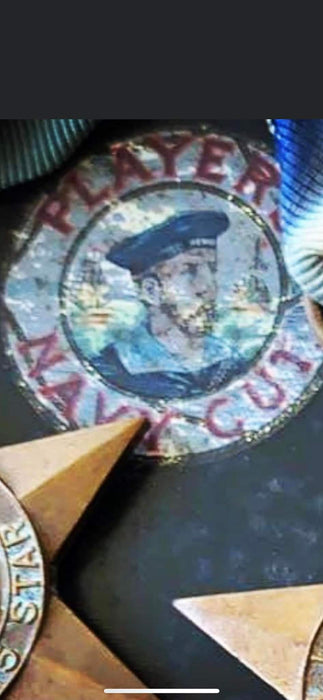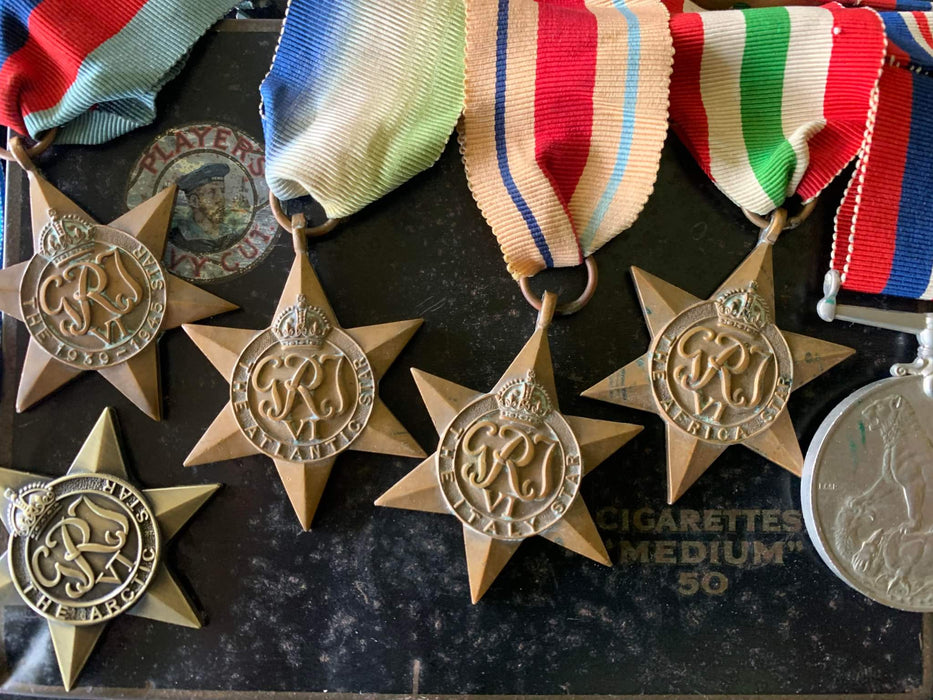
Dead Reckoning Rum HMS Antelope 700ml
A blend of rums from 5 countries - Australia, Jamaica, Trinidad, Guyana & Barbados bottled at 55% abv
3rd Release in Dead Reckoning Rum Release ( following Sextant & Mutiny ' South Pacific )
The HMS Antelope pays homage to ‘Navy Rum’ with a blend of four-year-old pot still Rum from Australia , 3–5-year-old column still rum from Trinidad, three-year-old pot still rum from Jamaica, 2–5-year-old pot and column still Rum from Guyana plus to round it off three-year-old pot and column still Rum from Barbados (Foursquare)
No Chill Filtration - No Added Color - No Added Sugar
The Rum Blend
There was no official Navy rum recipe. Whilst there was almost certainly a flavour profile the Navy blending yards in Deptford targeted, it changed over many decades.
Through out time Rum from Caroni in Trinidad , Martinique and Cuba ,Australia Barbados ,Guyana (Demerara) & Jamaica , Antigua ,Saint Kitts and Nevis and the Virgin Islands has been used.
True Navy Rum was relatively young Rum, numerous sources suggest that the typical cask of rum destined for the Navy was shipped to England soon after distillation, and vatted for around two years in an enormous vatting system.
The vatting system consisted of up to 33 vats ranging up to 140,000 L each in size. It is unknown if these vats were circulating between each other or if an exact recipe, connecting preselected vats to create a desired end product was used. Very loosely speaking ,these were similar to Solera system.
In World War II the British Navy blend was given 60% Demerara 30% Trinadad 10% Barbados and Australia, and at times when supply was running low ,Jamaica was introduced into the blend slightly varying the above blend ratios.
Traditionally, these Navy rums were often heavily doctored with caramel. Going against tradition Dead Reckoning has opted not to go down this path.
Tasting notes
The Antelope Immediately jumps out the glass with a mix of sweet, rich plums and dark cherries. Sweetness turns slightly spicy with a whack of soft licorice anise and gentle ginger. This rests on a suble honeycomb backing that is neither too sweet or cloying, simply adding structure to an already interesting nose.
The nose is thick and cakey, as the ABV starts to show itself so too does the tropical fruit funk of the Jamaican start open up. Pineapple skin, papaya and green apple skin present as much fresher tropical notes than the more usual overfermented stew of pineapple, mango & bananas many straight Jamaican rums have.
Thick and viscous on the palate, it retains a great amount of fresh tropical fruit, stonefruit also presents itself via apricots and orange melons, intertwined with dark berries and plums.
As the palate evolves, so too does the fruit, turning darker and spicier as it lingers longer. This is certainly remininsant of great navy rums of old, as it decends into true dark molasses, pimento, ginger and anise.
A long finish of blackcurrants and spices, I would recommend drinking this at its bottled 55%, water doesn't do this true navy rum justice.
The Sailor
Sidney Boseley was born and raised in Kent, England. Like tens of thousands before him, When the call for arms was put out to serve King and country, Sid enlisted in the Royal Navy . Sid served on the British destroyer HMS antelope between the years of 1939 to 1945.
This rum is dedicated to Sid
The Ship
HMS antelope was an A class destroyer ,323 feet long with the top speed of 35 kn displacement 1773 tons, Her armaments consisted of 4 x 120 mm guns, 2 x 40 mm anti aircraft guns , 2 x quadruple 21 inch torpedo tubes & six Depthcharge chutes
WW2
On the outbreak of the Second World War the destroyer HMS antelope was assigned to the 18th destroyer Flotilla, channel force, based in Portsmouth. For the rest of 1939 and early months of 1940, antelope carried out patrol and convoy escort duties in the English Channel and western approaches. On on 5 February 1940, antelope was the sole escort of the outbound Atlantic convoy 08 84 south of Ireland when the German submarine U– 41 attacked the convoy, sinking the freighter beaverburn and damaging the tanker Ceronia.
Antelope retaliated, by depth charging and sinking the U boat. It was the only U boat at sea at the time in the area and was the first U boat in history to be sunk underwater by a single destroyer.
Norway
In April 1940 antelope was attached to the home fleet for operations as part of the Norwegian campaign. Antelope after operations in Scapa flow collided with the destroyer Electra. Antelope then returned to the UK for repair.
Atlantic operations
August 1940 antelope sailed in a convoy to take part in operation Minus the attack on Dakar west Africa. During the convoy antelope encountered the German U-boat U-31 off North West Ireland. Depth charges from the antelope drove U-31 to the surface where her crew abandoned ship. Antelope attempted to board U-31, but collided with the unmanned submarine damaging & sinking the boat. Antelope rescued 44 of the German U-boats crew and returned them to the United Kingdom.
In August 1941 antelope took park in operation Gauntlet ,antelope formed part of the escort for the Arctic convoy to the Soviet Union.
Antelope formed part of the destroyer escort for the battle cruiser hood and battleship Prince of Wales in the chase for the German battleship Bismarck. Separated from the battleships during the battle off the Denmark straight antelope then searched for survivors from the sinking of the hood of which sadly only three crew survived.
Malta
Antelope sailed to Gibraltar in 1942 escorting US aircraft carriers in an attempt to deliver badly needed 62 spitfire aircraft to Malta. During this convoy they were under constant attack from German U boats and the German luftwaffe.
Antelope took part in another 5 escorts delivering an additional 55 more spitfires and much needed military supplies to Malta in May.
Antelope was then based off west Africa, antelope escorted troop convoys taking part in operation Torch, the Allied invasion of West Africa.
In July 1943 antelope took part in operation husky the Allied invasion of Sicily .
On June 5 and six 1944 ,the antelope took part in D- Day.
The Rum
It is well known the British rum tot started as early as 1655. It started as a ration of beer or wine but as time progressed this was converted to rum . It was not until 1790 until this became a daily practice. For a rum to be considered a navy run its minimum strength must be 54.5% or above.
This release is A blend of four-year-old Pot still Rum from Australia, 3–5-year-old column still rum from Trinidad, three-year-old pot still rum from Jamaica , 2–5-year-old pot and columns still Rum from Guyana , three-year-old pot and column still Rum from Barbados (foursquare)


